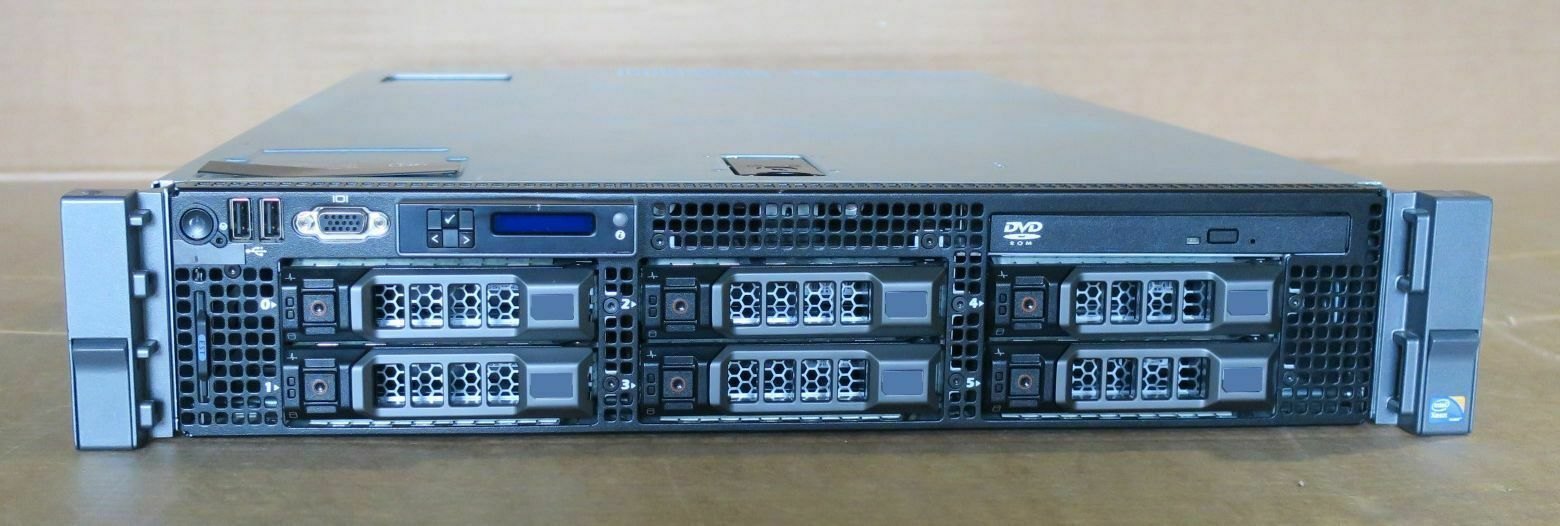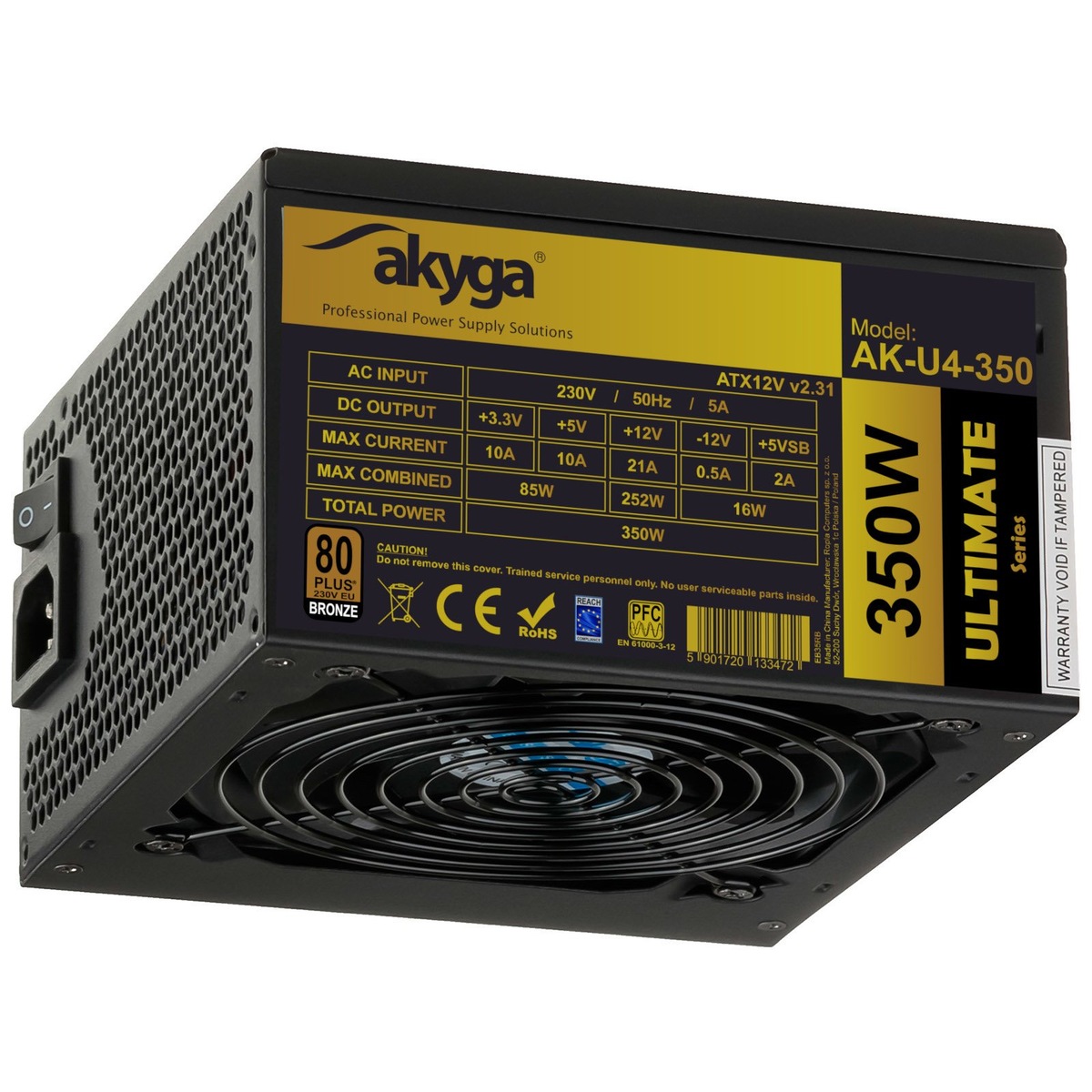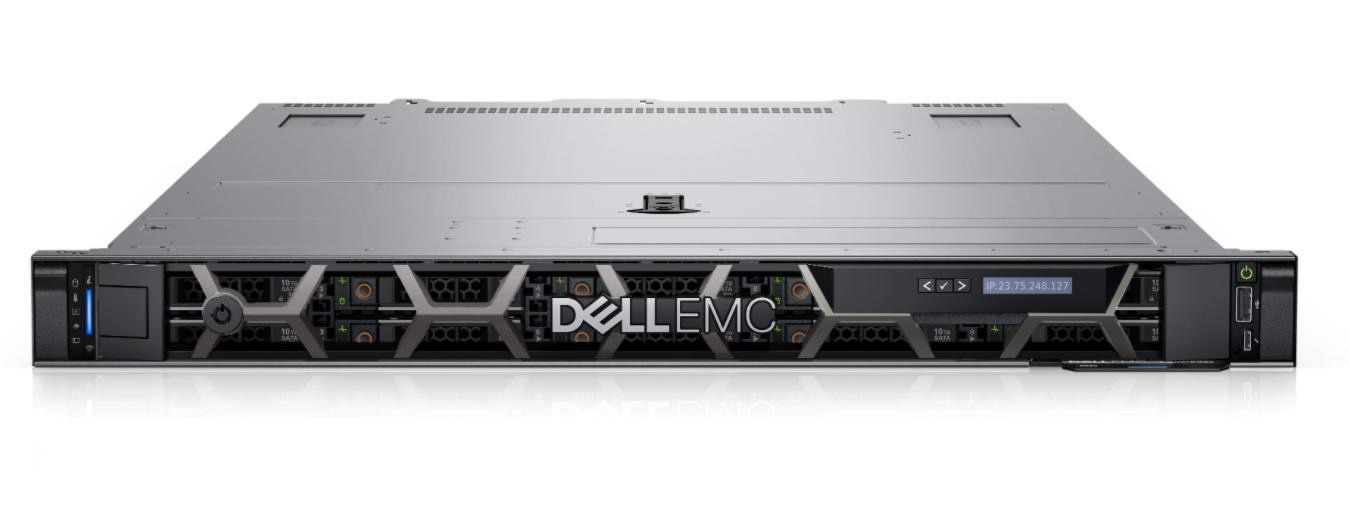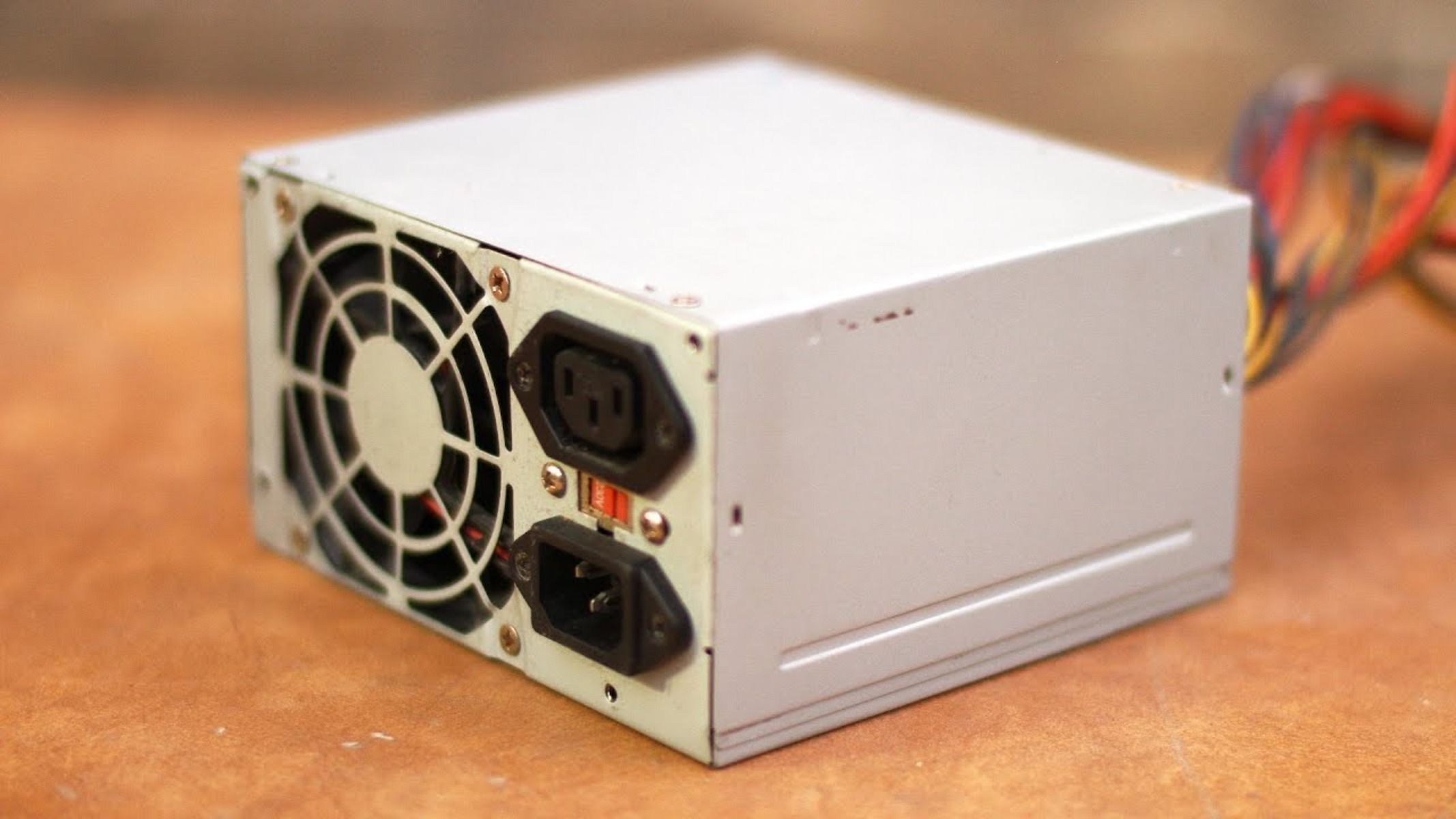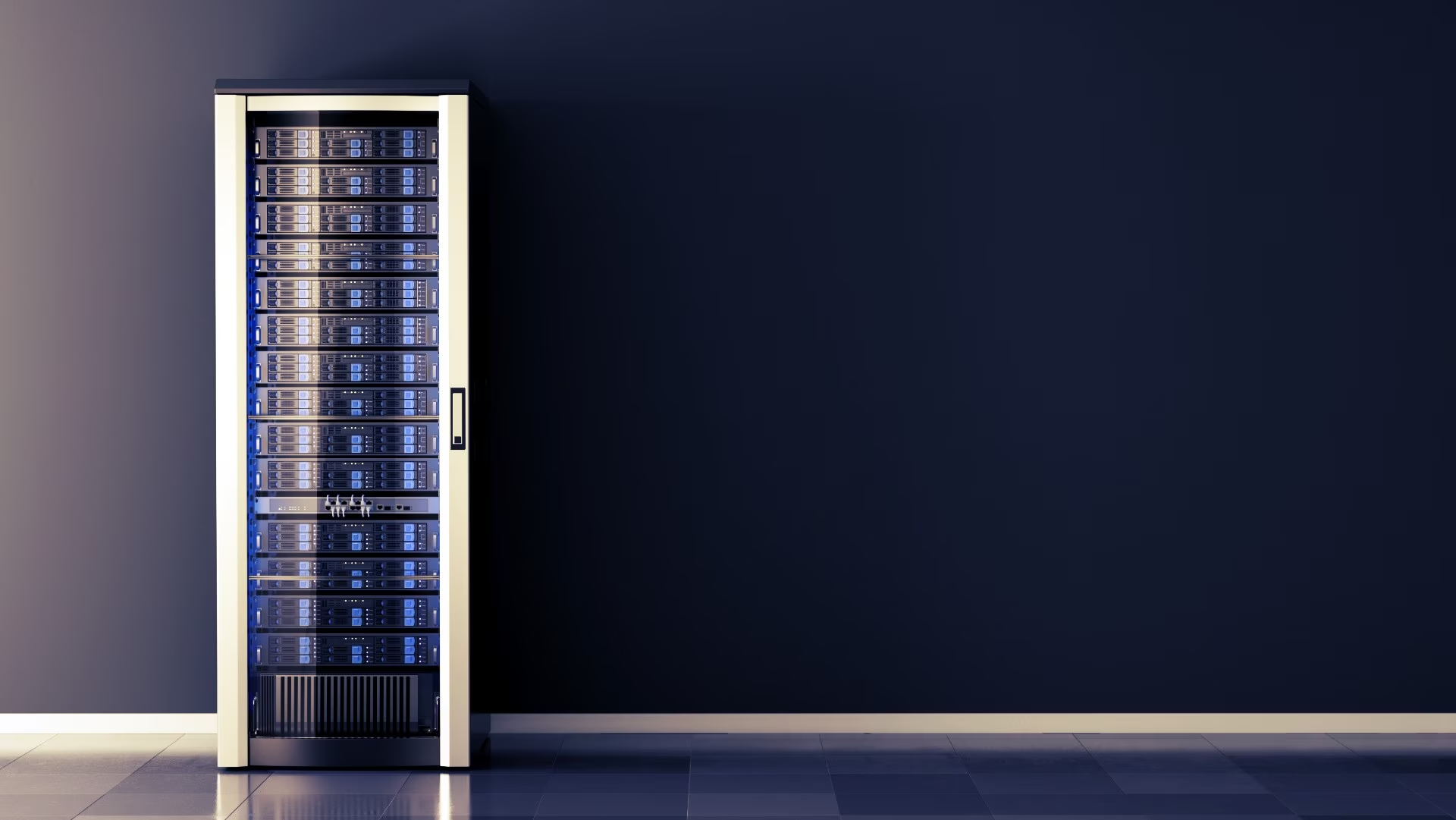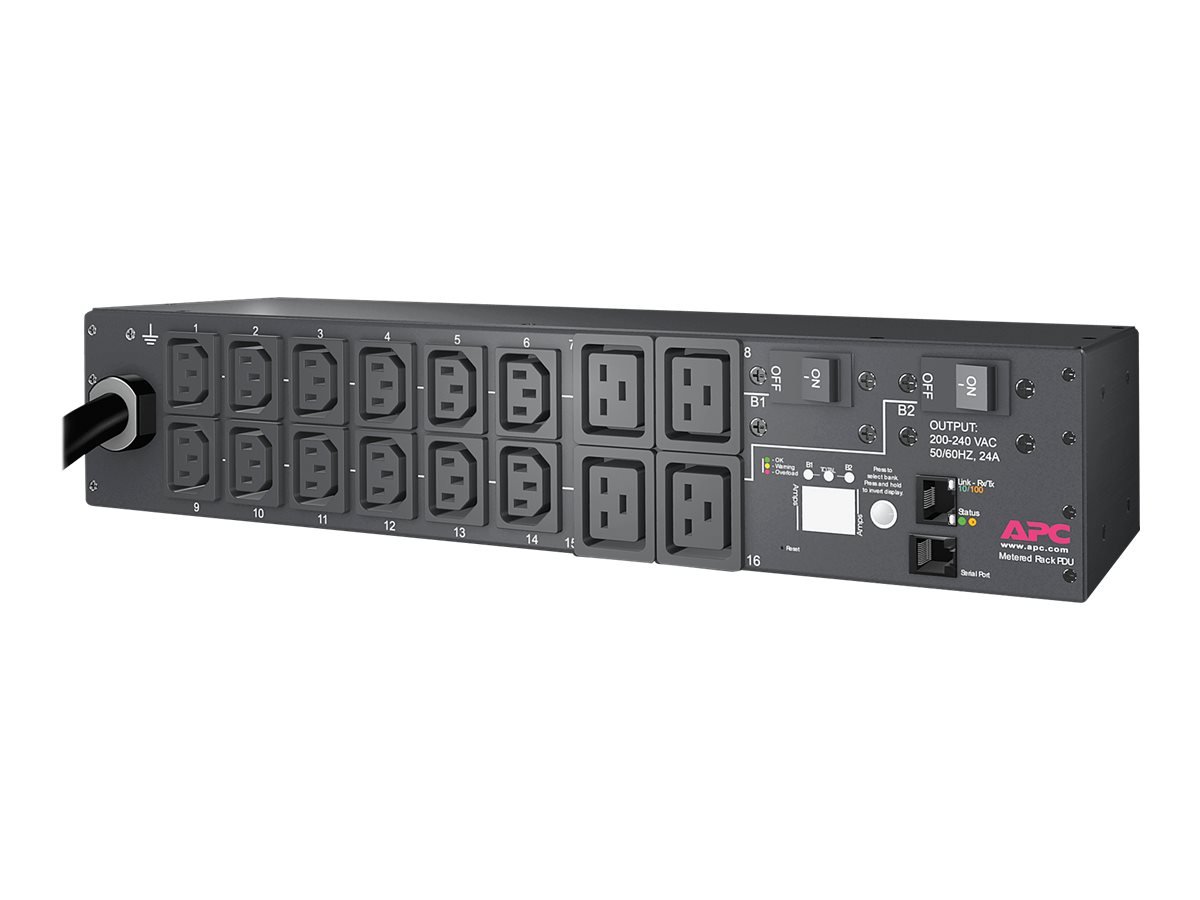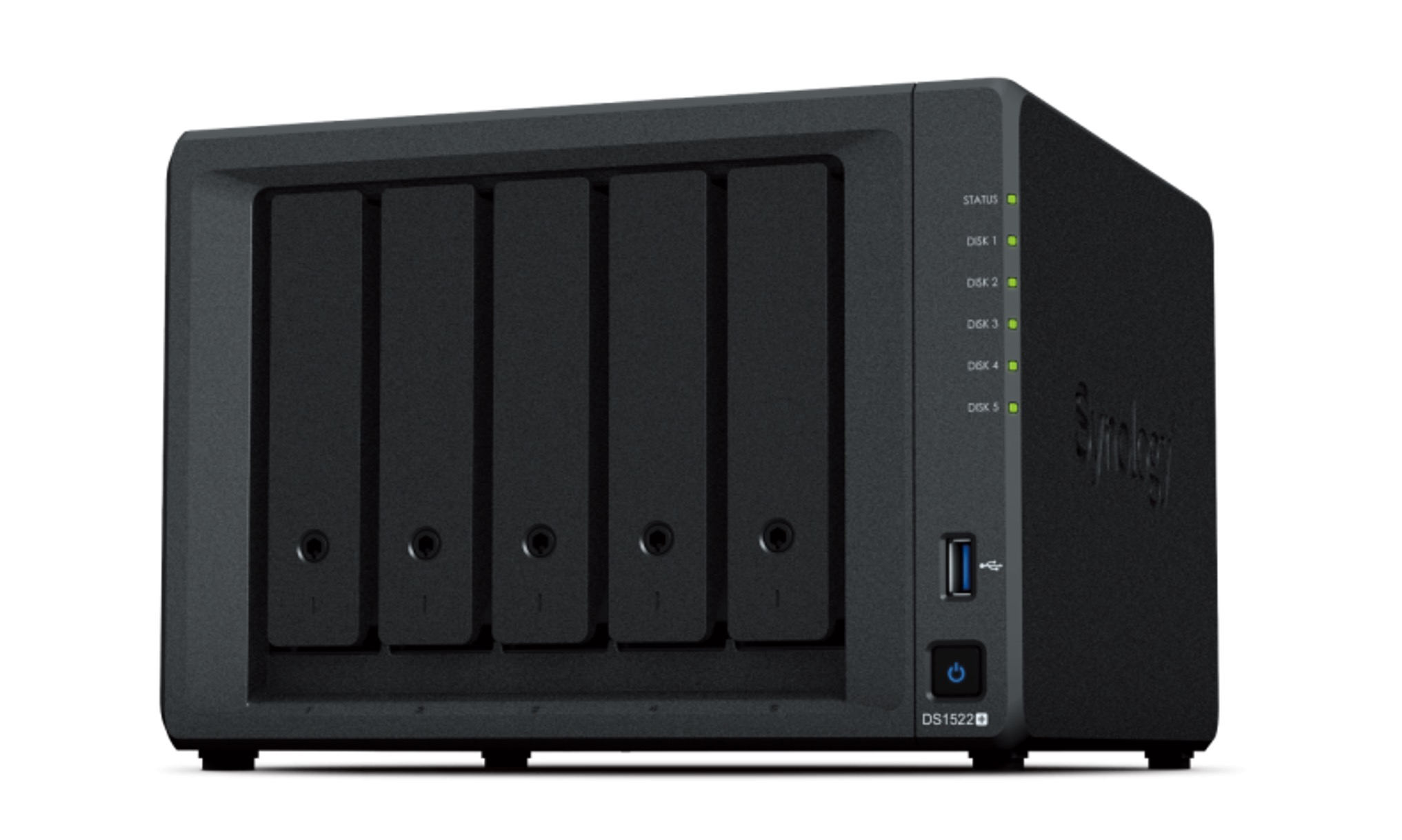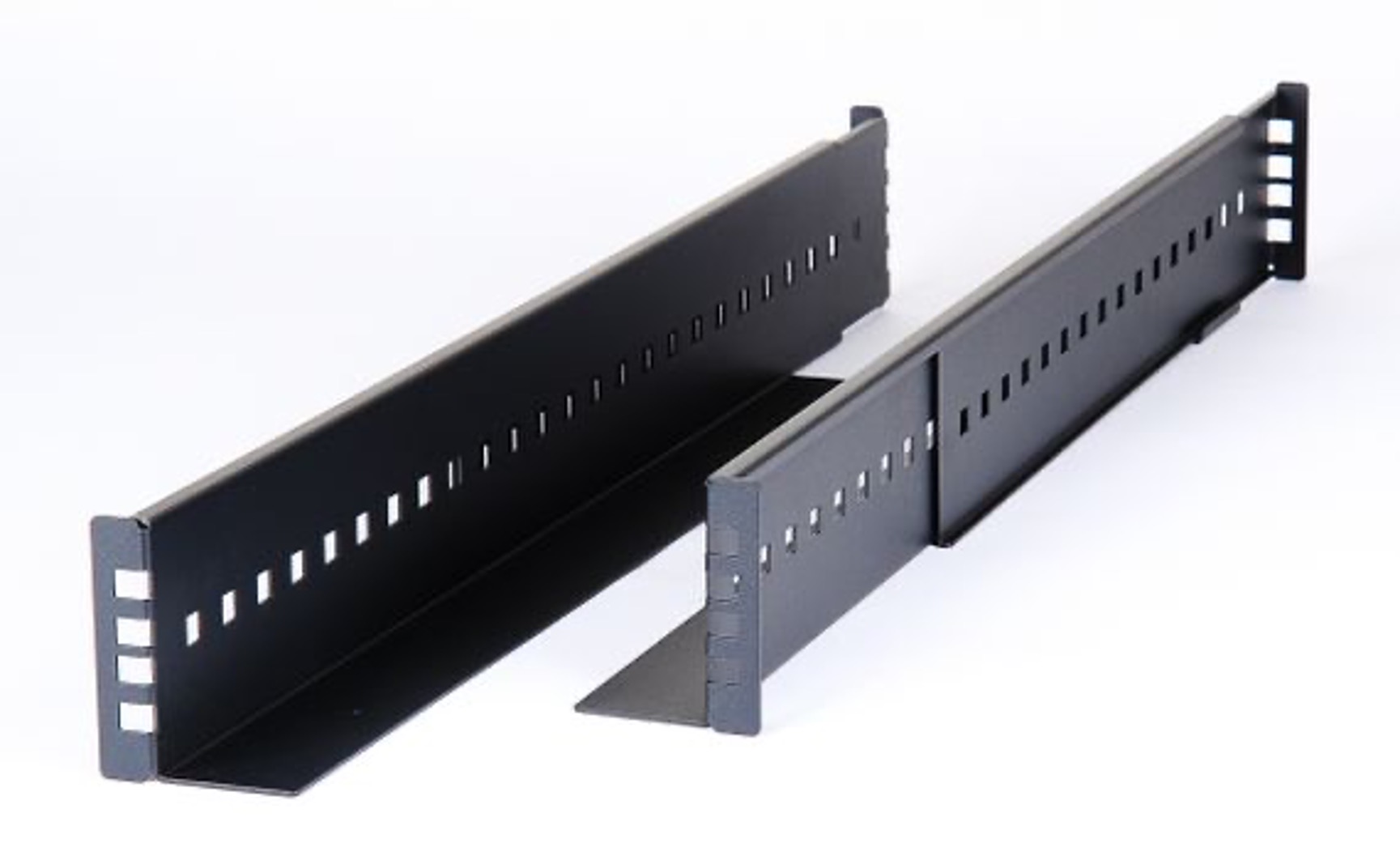Introduction
Welcome to our guide on determining the appropriate depth server rack needed for a Dell R710 server. Whether you are setting up a new server room or upgrading your existing infrastructure, understanding the importance of the rack depth is crucial to ensure proper installation and functionality of your equipment.
The Dell R710 server is a popular choice for businesses of all sizes, thanks to its powerful performance, scalability, and reliability. However, it is essential to select a server rack that can accommodate the dimensions and weight of the Dell R710.
In this article, we will explore why the depth server rack is important for the Dell R710 server and how to determine the appropriate depth for your specific requirements. We will also discuss common rack depths available for the Dell R710 and provide recommendations based on industry standards and best practices.
Whether you are an IT professional, a system administrator, or a business owner looking to optimize your server infrastructure, this guide will help you make informed decisions and ensure seamless integration of your Dell R710 server into your data center environment. So, let’s dive in and get started!
What is a Dell R710 Server?
The Dell R710 server is a robust and highly versatile server model manufactured by Dell Inc. It belongs to the Dell PowerEdge series, which is known for its reliability, performance, and scalability. The R710 server is designed to meet the demands of small to medium-sized businesses, as well as enterprise-level organizations.
This server is built to handle a wide range of applications, including virtualization, databases, web hosting, and more. It is equipped with advanced features and technologies that make it suitable for various computing requirements.
The Dell R710 is powered by Intel Xeon processors, which offer excellent processing power and performance. It supports multiple processor configurations, allowing users to choose the right CPU depending on their specific needs. Additionally, it supports a substantial amount of RAM, providing ample memory capacity for resource-intensive workloads.
In terms of storage, the R710 server can accommodate multiple hard drives, offering ample storage capacity for data and applications. It also supports RAID configurations for enhanced data protection and redundancy.
Connectivity-wise, the Dell R710 provides various options for networking and expansion. It features multiple Ethernet ports, allowing for seamless integration into existing network infrastructure. It also supports expansion slots for adding additional hardware components, such as graphics cards or network interface cards, to enhance performance or meet specific requirements.
Furthermore, the R710 server is built with redundancy and reliability in mind. It includes redundant power supplies, ensuring uninterrupted operation in case of a power supply failure. It also features hot-swappable components, such as hard drives and fans, minimizing downtime and facilitating easy maintenance.
Overall, the Dell R710 server is a powerful and versatile solution for businesses seeking robust computing capabilities. Its performance, scalability, and reliability make it an ideal choice for a wide range of applications and workloads.
Why is the Depth Server Rack Important?
The depth server rack plays a crucial role in the proper installation and functioning of the Dell R710 server. It determines the compatibility and accessibility of the server within a data center or server room. Here are some key reasons why the depth server rack is important:
1. Secure and Stable Placement: The depth server rack provides a secure and stable platform for mounting the Dell R710 server. It ensures that the server is properly supported and positioned, reducing the risk of accidents or damage due to instability. A well-fitted rack prevents the server from being accidentally knocked or jostled, which can lead to hardware malfunctions and data loss.
2. Airflow and Cooling Efficiency: The depth of the server rack also influences the airflow and cooling efficiency within the server infrastructure. Proper spacing between neighboring servers allows for adequate airflow, reducing the risk of overheating and maintaining the optimal operating temperature for the Dell R710. This helps to extend the lifespan of the server and ensure its reliable performance.
3. Cable Management: An appropriately sized depth server rack provides ample space for efficient cable management. With the Dell R710 server being a high-density and versatile server, it requires various cables for power, network connectivity, and peripheral devices. Having enough room in the rack allows for organized and neat cable routing, making maintenance and troubleshooting easier.
4. Accessibility and Maintenance: The depth of the server rack determines the ease of accessing and maintaining the Dell R710 server. Sufficient room in the rack ensures that there is ample space to maneuver and perform routine maintenance tasks, such as swapping hard drives, upgrading components, or performing firmware updates. It is important to consider the depth when selecting a rack to ensure that these tasks can be performed without hassle.
5. Scalability and Future Expansion: Choosing a depth server rack that is compatible with the Dell R710 server allows for future scalability and expansion. As your business grows, you may need to add more servers or upgrade your existing infrastructure. By selecting a rack with sufficient depth, you can accommodate additional servers and equipment without the need for significant changes to your server room setup.
Understanding the importance of the depth server rack for the Dell R710 server is crucial for efficient and effective server deployment. It promotes stability, proper airflow, organized cable management, easy accessibility, and future scalability. Taking these factors into account when selecting a rack ensures optimal performance and longevity for your Dell R710 server.
Determining the Depth of the Dell R710 Server Rack
When it comes to determining the appropriate depth of the server rack for your Dell R710 server, there are a few factors that you should consider:
1. Dell R710 Server Specifications: The first step is to consult the specifications of the Dell R710 server. Dell provides detailed information about the dimensions and weight of the server, including its depth. This information will serve as a guideline for selecting a rack that can accommodate the server properly.
2. Additional Equipment: Consider any additional equipment or accessories that will be installed alongside the Dell R710 server. These may include network switches, power distribution units (PDUs), or other rack-mounted devices. Take note of their dimensions and ensure that the chosen rack offers sufficient space for these additional components.
3. Rack Standards and Guidelines: Familiarize yourself with industry standards and guidelines for server rack depths. Standard rack depths typically range from 600mm to 1200mm or more. The most common depth for server racks is 800mm to 1000mm. Keeping these standards in mind will help ensure compatibility and compatibility with other equipment in the data center.
4. Future Expansion: It is essential to consider any future expansion plans for your server infrastructure. If you anticipate adding more servers or equipment in the future, it is advisable to choose a rack with extra depth to accommodate potential growth and avoid the need for frequent rack replacements.
5. Room for Airflow and Cable Management: Adequate spacing between racks is crucial for proper airflow and efficient cable management. Ensure that the chosen rack offers sufficient clearance at the rear of the server for airflow and at the sides for cable routing. This will contribute to better cooling and easier cable management.
To determine the depth of the Dell R710 server rack accurately, it is recommended to consult with a professional or an experienced rack vendor. They can provide expert advice based on your specific requirements and offer customized solutions.
By taking these factors into account and considering the Dell R710 server specifications, additional equipment, industry standards, future expansion plans, and airflow/cable management requirements, you can select a server rack with the appropriate depth to house and support your Dell R710 server effectively.
Common Rack Depths for Dell R710
When it comes to the selection of the depth server rack for the Dell R710 server, there are several common rack depths available in the market. These depths are determined by industry standards and cater to the varying needs of data centers and server rooms. Here are some of the common rack depths that are suitable for the Dell R710 server:
1. 600mm Depth: The 600mm depth server rack is a compact option that is often used in smaller server rooms or where space is limited. While it may be sufficient to house the Dell R710 server, it may have limited room for cable management and may not provide ample clearance for proper airflow and future expansion.
2. 800mm Depth: The 800mm depth server rack is one of the most common depths used in data centers and server rooms. It offers sufficient space for the proper installation, cable management, and airflow requirements of the Dell R710 server. This depth also allows for future expansion and the addition of other rack-mounted equipment.
3. 1000mm Depth: The 1000mm depth server rack is a deeper option suitable for larger server rooms or environments that require extensive cabling and equipment. This depth provides ample space for the Dell R710 server, along with additional room for cable management, airflow optimization, and future scalability.
It is important to note that the optimal depth of the server rack for the Dell R710 server may vary depending on specific requirements, the presence of additional equipment, and future expansion plans. To ensure the best fit, it is recommended to consult with rack manufacturers or industry professionals who can provide guidance tailored to your specific needs.
When considering rack depths, it’s also worth noting that some manufacturers offer adjustable or sliding rails. These rails allow for flexibility in mounting equipment of different depths within the rack, accommodating the Dell R710 server and other devices more effectively.
By understanding the common rack depths available and considering the specific requirements of your Dell R710 server, you can select a depth that provides the necessary space, cable management, and airflow optimization for optimal performance and growth of your server infrastructure.
Recommended Depth for Dell R710 Server Rack
While there are various rack depths available for the Dell R710 server, it is important to consider the recommended depth to ensure optimal performance, proper airflow, and future scalability. Based on industry standards and best practices, the recommended depth for a Dell R710 server rack is 800mm to 1000mm.
Here are the reasons why this depth range is recommended:
1. Sufficient Space: The recommended depth provides ample space to accommodate the Dell R710 server, allowing for proper installation and accessibility. It ensures that the server is securely mounted and positioned within the rack, reducing the risk of accidents or damage due to instability.
2. Cable Management: With the Dell R710 server being a high-density server with various cables, having enough depth allows for effective cable management. The recommended depth provides room for organized and neat cable routing, making maintenance and troubleshooting easier.
3. Airflow Optimization: The recommended depth allows for adequate spacing between servers, ensuring proper airflow. Sufficient clearance at the rear of the server enables efficient cooling and helps maintain optimal operating temperatures for the Dell R710.
4. Future Expansion: The recommended depth range allows for future expansion and the addition of other rack-mounted equipment. It provides flexibility for scaling up your server infrastructure as your business grows without the need for frequent rack replacements.
5. Compatibility: Rack depths within the recommended range are widely available and compatible with standard data center infrastructure. This ensures ease of integration with existing racks and equipment, making it easier to set up and manage your server environment.
It is important to note that while the recommended depth is 800mm to 1000mm, you should assess your specific needs and consider factors such as additional equipment, space availability, and future growth plans. Consulting with a professional or an experienced rack vendor can provide valuable insights and help determine the ideal depth for your Dell R710 server rack.
By selecting a server rack with the recommended depth, you can ensure the proper installation, airflow optimization, and future scalability of your Dell R710 server. This will contribute to its reliable performance, longevity, and seamless integration within your server infrastructure.
Conclusion
Choosing the right depth server rack for your Dell R710 server is essential for its proper installation, performance, and scalability. By considering the Dell R710 server specifications, additional equipment, industry standards, future expansion plans, and proper airflow and cable management, you can determine the optimal depth for your server rack.
Keep in mind that the most common and recommended depth range for the Dell R710 server rack is 800mm to 1000mm. This depth range provides sufficient space, cable management capabilities, and airflow optimization for the server. It also allows for future expansion and compatibility with industry-standard infrastructure.
However, it is important to assess your specific needs and consult with professionals or rack vendors to ensure the perfect fit for your server room or data center. They can offer customized solutions and expert advice based on your requirements, helping you make informed decisions.
By selecting a server rack with the appropriate depth, you can ensure the secure placement, efficient cooling, organized cable management, and future scalability of your Dell R710 server. This will contribute to its reliable performance, extended lifespan, and seamless integration into your server infrastructure.
Remember to prioritize rack stability, proper airflow, and future growth when making your selection. Investing in the right depth server rack will not only protect your Dell R710 server but also optimize your server environment, improving overall productivity and minimizing downtime.
With a well-fitted server rack, you can maximize the potential of your Dell R710 server and create a robust and flexible server infrastructure that meets the demands of your business for years to come.







